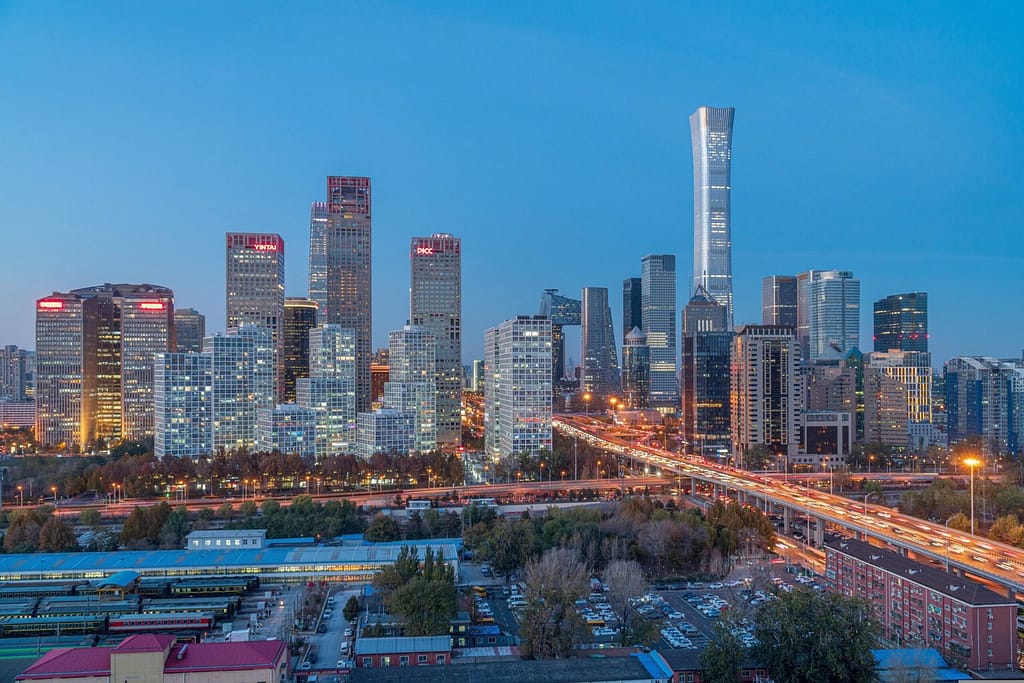China’s Belt and Road Initiative (BRI) has been making waves across the globe, and Southeast Asia is no exception. As part of this ambitious project, China has been actively investing in infrastructure, trade, and connectivity projects throughout the region. In this article, we will explore some of the key BRI projects in Southeast Asia and their impact on the region’s economic growth and development.
Enhancing Connectivity: The High-Speed Railways
One of the most significant BRI projects in Southeast Asia is the construction of high-speed railways. These rail networks are set to connect major cities and improve transportation efficiency within and between countries. For example, the China-Laos Railway will link the capital city of Vientiane to the Chinese border, facilitating trade and tourism between the two nations. Similarly, the Malaysia-Singapore High-Speed Rail will reduce travel time between Kuala Lumpur and Singapore, boosting economic integration and cultural exchange.
Revitalizing Ports: The Maritime Silk Road
Another crucial aspect of the BRI in Southeast Asia is the development and modernization of ports. China has been investing in port infrastructure in countries like Indonesia, Malaysia, and Myanmar, transforming them into key hubs for trade and commerce. The Port of Hambantota in Sri Lanka, for instance, has been upgraded with Chinese investment, positioning it as a strategic maritime gateway for the region. These port projects not only facilitate smoother trade flows but also create job opportunities and stimulate local economies.
Powering Economic Growth: Energy Projects
Energy cooperation is a vital component of the BRI, and Southeast Asia has seen significant investments in this sector. China has been involved in the development of hydropower plants, solar farms, and natural gas facilities across the region. For instance, in Cambodia, the Lower Sesan II Dam, built with Chinese assistance, has increased the country’s energy capacity and reduced its dependence on fossil fuels. These energy projects not only boost local economies but also contribute to sustainable development and environmental conservation.
Building Bridges: Cross-Border Infrastructure
The BRI aims to foster greater regional integration by improving cross-border infrastructure. One notable project is the China-Myanmar Economic Corridor, which includes the construction of roads, bridges, and economic zones along the border. This initiative promotes trade and investment between the two countries and enhances connectivity within the region. Such infrastructure developments create new opportunities for businesses, stimulate economic growth, and strengthen diplomatic ties.
Challenges and Opportunities
While the BRI projects in Southeast Asia offer immense potential, they also face challenges. Some concerns include environmental sustainability, substandard building materials, debt burdens, and the need for transparent governance. It is crucial for all stakeholders to address these issues and ensure that the projects benefit local communities and maintain long-term viability.
Transformation
China’s Belt and Road Initiative projects in Southeast Asia are transforming the region, enhancing connectivity, boosting economic growth, and fostering regional integration. From high-speed railways to revitalized ports and energy projects, the BRI is leaving a lasting impact on Southeast Asia’s development. However, it is essential to address challenges and seize opportunities to ensure the sustainability and inclusivity of these projects. As Southeast Asia continues to evolve, the BRI remains a significant force shaping its future.





